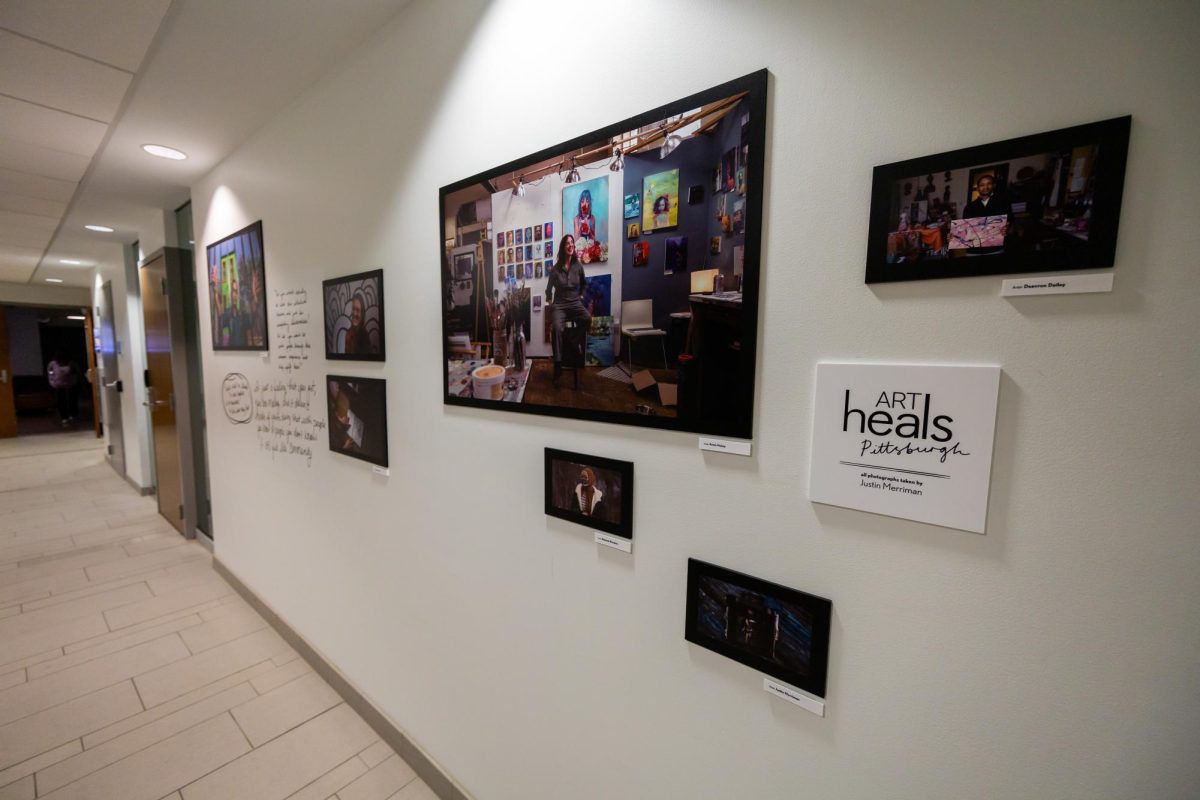Pitt police reviews protocol for campus shooting scenarios after Michigan State shooting
Pitt police chief James Loftus.
March 1, 2023
In the days following a deadly mass shooting on Michigan State University’s campus on Feb. 13, students described the trauma of sheltering in place in their dorm rooms, endlessly scrolling through social media and not knowing whether any of the terrifying things they read online were real.
James Loftus, the chief of Pitt police, said the spread of misinformation during an emergency with little information available is “human nature” — and students should focus on official sources of information during emergencies.
“You have to rely on the best, most critical information, and that may not be coming directly from social media,” Loftus said. “That information is likely to come best from the police department itself or people who are working in conjunction with the police department.”
Two weeks following the MSU shooting, Loftus reviewed Pitt police’s training and protocols for shootings and other “active killer situations” on campus, including the best places for students to find emergency updates, how Pitt police prepares for active shooter scenarios, the training they offer to Pitt affiliates and how to report suspicious behavior to police.
In the event of an active shooter on campus, Pitt police will send out an Emergency Notification Service message to all University affiliates via email. Pitt also recommends subscribing to text and voice message alerts. According to Bob Chamberlain, emergency coordinator at the University, Pitt police will also send ENS messages through the Rave Guardian app and the University could communicate emergency updates to students through official social media accounts, the emergency.pitt.edu homepage or PA systems in some buildings.
“We work in coordination with University Communications, Student Affairs Communications, B&O Communications, as well as our own Public Safety Communications to ensure that we are all on the same sheet of music and put out factual information,” Chamberlain said.
But despite the importance of communicating with students, Loftus said it will come secondary to law enforcement’s primary objective during an on-campus shooting — containing and stopping the shooter.
“Our first priority is to deal with the threat,” Loftus said. “We will get the ENS out, but the communications will be secondary to that, but they will be coming as frequently and as comprehensively as possible.”
Besides containing the threat and providing communication to Pitt affiliates, Loftus said police would also focus on evacuating buildings and rescuing wounded individuals.
He said Pitt police train throughout the year, but especially during the summer. This training includes simulator training using virtual reality, which can place officers right in the middle of an active shooter scenario. Training can look different at different levels — the Special Emergency Response Team, for example, trains “very frequently” on building searches, confrontation tactics and rescue tactics, while training for individual officers might focus more on simply being “willing and able and appropriately trained to take action,” even if they are the only officer present on the scene.
“The body of evidence is unfortunately kind of large, so we know that all of this horrific carnage is done within a very short period of time,” Loftus said. “So it just became so much more important to train towards a single-officer response, and not to wait for additional help.”
Beyond training their own forces, Loftus said Pitt police have provided training to thousands of Pitt affiliates during the past decade through its four-hour Active Killer Incident class. Launched in 2013, the class focuses on the “run, hide, fight” method. Loftus said Pitt police conduct the class in the places where people work or study, to help them apply this method in their own space.
“It’s getting folks thinking about this not in general terms, but ‘This is where I work, this is where I do my thing and this is how I can protect myself within that environment,’” Loftus said.
The training first helps people identify nearby exits and evacuation methods in the event of a shooting — the “run” strategy. If running away is not possible, Loftus said the training teaches class-takers to use the furniture in their space as barricades or places to “hide.” Finally, as a last resort, the training teaches individuals to “fight” — even if it means using an unconventional weapon like a stapler or fire extinguisher, Loftus said.
“There is some science out there that with the mentality of active shooters, when they face resistance, it’s something that they’re not prepared for,” Loftus said. “So resistance on any level, that becomes a last resort, becomes extraordinarily critical.”
Efforts to prevent on-campus tragedies extend beyond just police response. Student Government Board President Danielle Floyd said she advocates for community-based public safety measures as an undergraduate student representative on the Chancellor’s Public Safety Advisory Council. Floyd, a senior economics and sociology major, also said she participated in ACC Advocacy Days in Washington, D.C., where she lobbied local officials on public safety issues.
“We were able to talk to individuals such as [Representative] Summer Lee, we were able to talk to staffers within Senator [Bob] Casey’s office and also Representative [Chris] Deluzio’s office, and we conveyed to them the importance for them to keep investing in building a safer community, especially at the University of Pittsburgh, and just overall combating the rise of gun violence,” Floyd said.
Loftus said anyone who believes someone on Pitt’s campus poses a safety threat should report it to Pitt police by calling or using the Rave Guardian app.
“If it crosses your mind and you have just this inkling that might be the right thing to do, it’s the right thing to do,” Loftus said.








